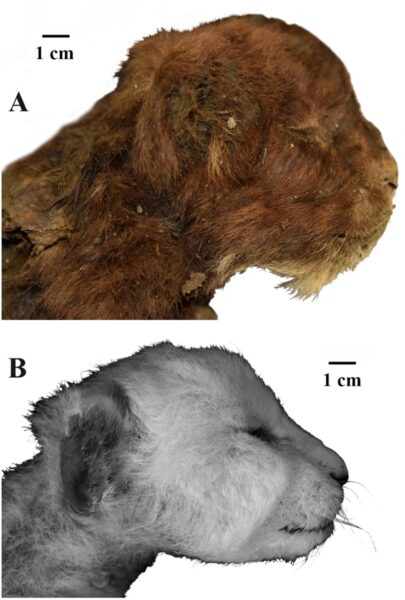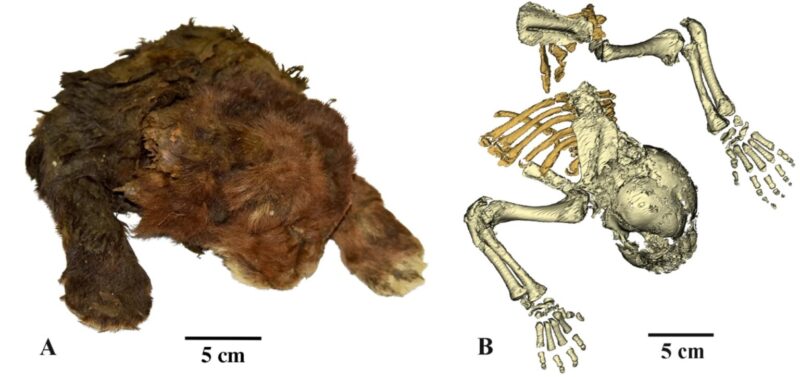-
ICMag with help from Phlizon, Landrace Warden and The Vault is running a NEW contest for Christmas! You can check it here. Prizes are: full spectrum led light, seeds & forum premium access. Come join in!
You are using an out of date browser. It may not display this or other websites correctly.
You should upgrade or use an alternative browser.
You should upgrade or use an alternative browser.
~Star~Crash~ All & Everything
- Thread starter star crash
- Start date
This is how I propagate them they make excellent aquarium adornments View attachment 19100964 View attachment 19100965 View attachment 19100966 View attachment 19100967 View attachment 19100968 View attachment 19100969
Loving those variegated leaves on your epipremnum or what ever the name is. In finnish it is "kultaköynnös", "goldvine"
Super easy & never fail to root & tolerate low light >>>the actually prefer itView attachment 19101036 Nursery full of these things. Feels like work tending all the houseplants now that winter is coming. But everything is under control.
Fascinating >>> https://explorersweb.com/saber-toothed-kitten-mummy-found-in-arctic/
Scientists have discovered a mummified saber-toothed kitten in the Siberian permafrost. The cold, dry conditions perfectly preserved the three-week-old cub.

Photo: Lopatin et al., 2024
This 31,800-year-old mummy from the Late Pleistocene era is incredibly rare — a world first, even.
“For the first time in the history of paleontology, the appearance of an extinct mammal that has no analogs in the modern fauna has been studied,” wrote the authors of the new study.
The saber-toothed kitten’s limbs, torso, head, and fur are all intact. Portions of its pelvic bones, femur, and shin bones were found in the ice around the body. Excited researchers were able to see for the first time what this extinct animal actually looked like.

A. The frozen remains of the cub. B. A CT scan of its skeleton. Photo: Lopatin et al., 2024
The cub was too young to show the characteristic long upper canines of adult saber-toothed cats. But like the adults, it already had a large premaxillary bone in its upper jaw that would have allowed room for the iconic giant fangs to form.
Many of these features show how well the species adapted to life in the harsh Arctic. Its thick fur and small ears would help prevent heat loss, while the larger paws and lack of carpal pads would have helped it walk, lynx-like, through deep snow.
Besides analyzing the animal’s appearance, the study also notes that the range of the saber-toothed cat reached much farther than experts believed.
The species lived in Eurasia until the end of the last Ice Age, approximately 10,000 years ago. This is the first evidence that its range stretched so far north.
Scientists have discovered a mummified saber-toothed kitten in the Siberian permafrost. The cold, dry conditions perfectly preserved the three-week-old cub.

Photo: Lopatin et al., 2024
This 31,800-year-old mummy from the Late Pleistocene era is incredibly rare — a world first, even.
“For the first time in the history of paleontology, the appearance of an extinct mammal that has no analogs in the modern fauna has been studied,” wrote the authors of the new study.
The saber-toothed kitten’s limbs, torso, head, and fur are all intact. Portions of its pelvic bones, femur, and shin bones were found in the ice around the body. Excited researchers were able to see for the first time what this extinct animal actually looked like.

A. The frozen remains of the cub. B. A CT scan of its skeleton. Photo: Lopatin et al., 2024
The cub was too young to show the characteristic long upper canines of adult saber-toothed cats. But like the adults, it already had a large premaxillary bone in its upper jaw that would have allowed room for the iconic giant fangs to form.
Arctic adaptations
The cub shows significant differences from modern-day lion cubs of the same age. It has a larger mouth, smaller ears, a longer and thicker neck, and much longer forelimbs. The baby cat’s paws are also much larger than those of lion cubs and have no carpal pads on the wrist joints.Many of these features show how well the species adapted to life in the harsh Arctic. Its thick fur and small ears would help prevent heat loss, while the larger paws and lack of carpal pads would have helped it walk, lynx-like, through deep snow.
Besides analyzing the animal’s appearance, the study also notes that the range of the saber-toothed cat reached much farther than experts believed.
The species lived in Eurasia until the end of the last Ice Age, approximately 10,000 years ago. This is the first evidence that its range stretched so far north.
Pizza night. Dough is a rising. Mine will be hot sausage, onions, peppers, olives. Hers just pepperoni and green olives.
Those marinated steaks sound great! What kind of marinade?
Those marinated steaks sound great! What kind of marinade?
It’s been a fish day
I went with this but pizza also sounds good really goodPizza night. Dough is a rising. Mine will be hot sausage, onions, peppers, olives. Hers just pepperoni and green olives.
Those marinated steaks sound great! What kind of marinade?
NiceOlives for oil View attachment 19101161
I like Morning Doves, they have some cool facts about them.took down an ash right in front of the door because it was dying, but it was one of the avenues for the squirrels to come down and eat so they got to go all the way around now to get to the seed. Consequently I have less squirrels, but I have a lot of morning doves and the Blue Jays. … a smattering of cardinals and I’m starting to see some new arrivals . Also have a suet feeder that does attract the spotted woodpecker‘s with the red tufts on top…. they love consistency.
^^^ They definitely coo softly and arrive in packs of 5 or more , slightly skittish
was up early because was dreaming that I was cold ..and I was cold …lol
Back to bucking ….

Drumskinz
Well-known member
What no shrooms??!!??Pizza night. Dough is a rising. Mine will be hot sausage, onions, peppers, olives. Hers just pepperoni and green olives.
Those marinated steaks sound great! What kind of marinade?
Drumskinz
Well-known member
Are most of your shots especially at night sans tripod?


